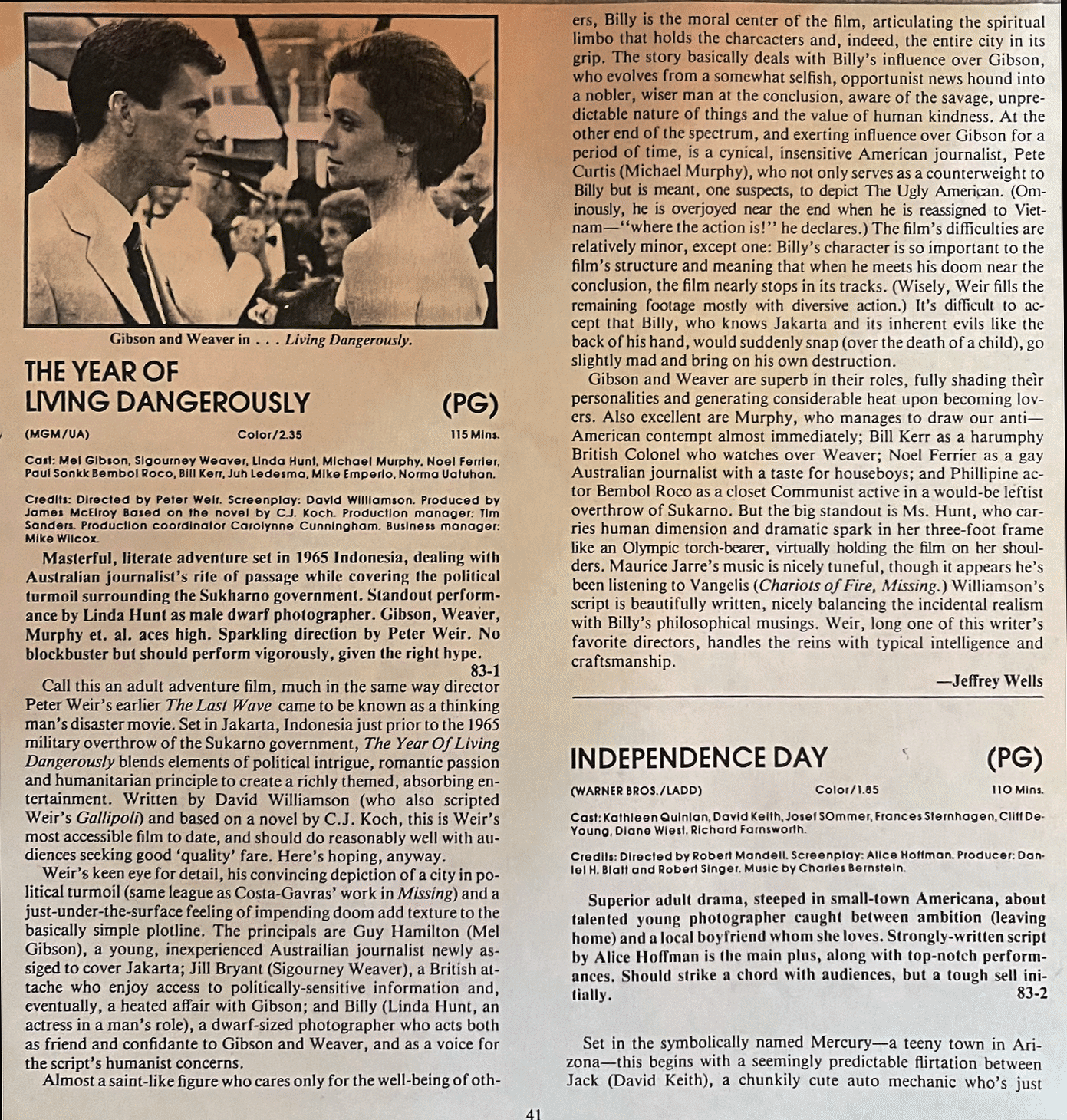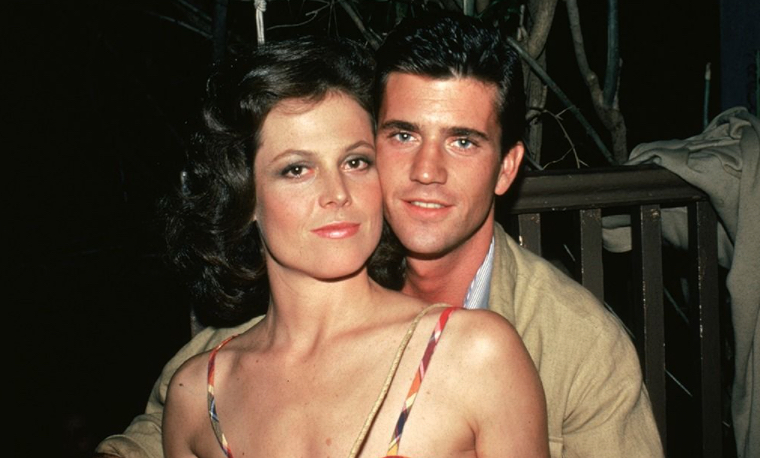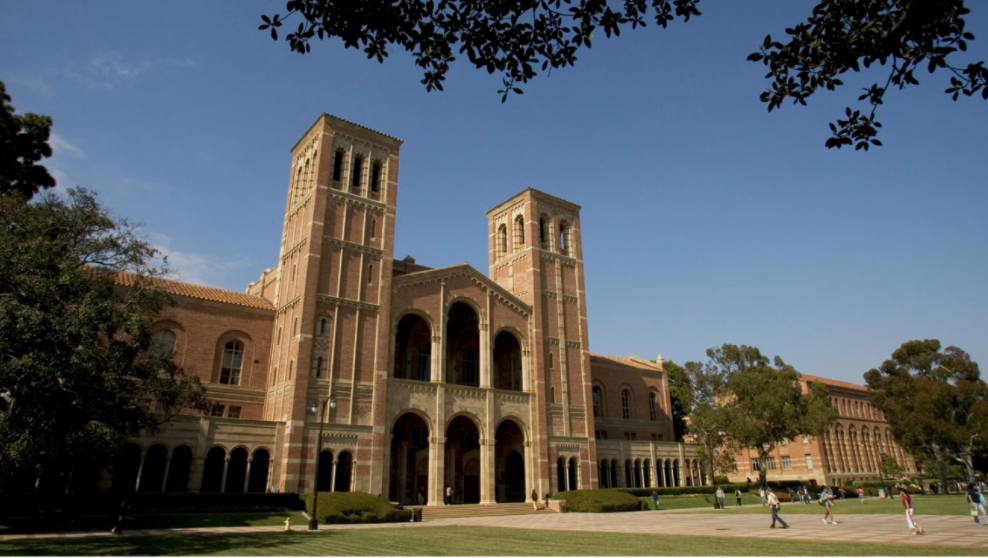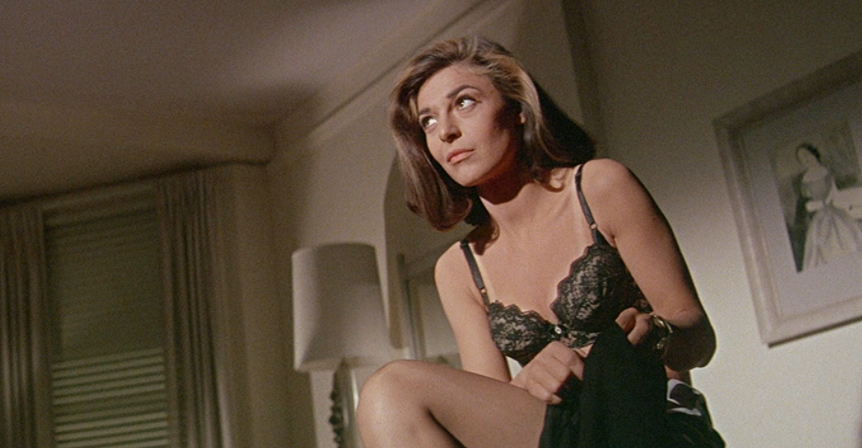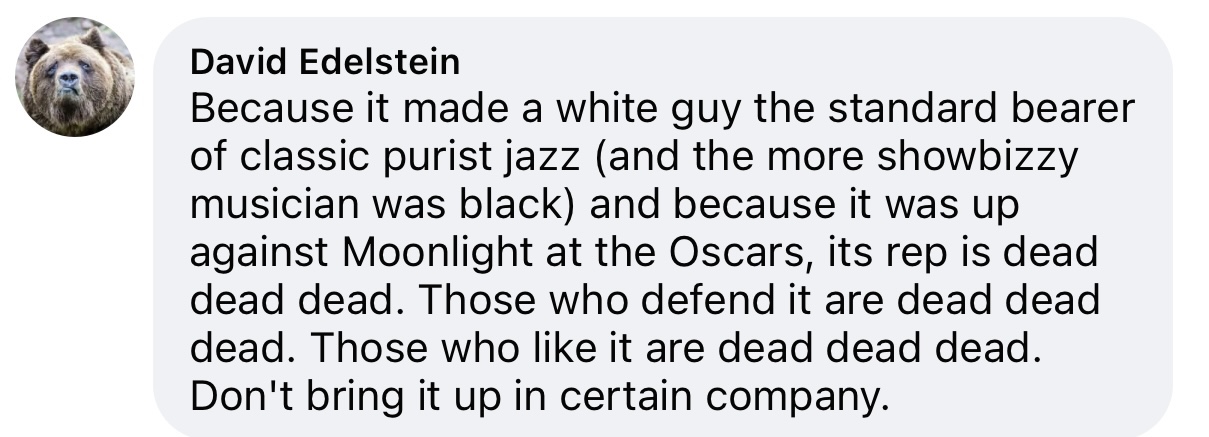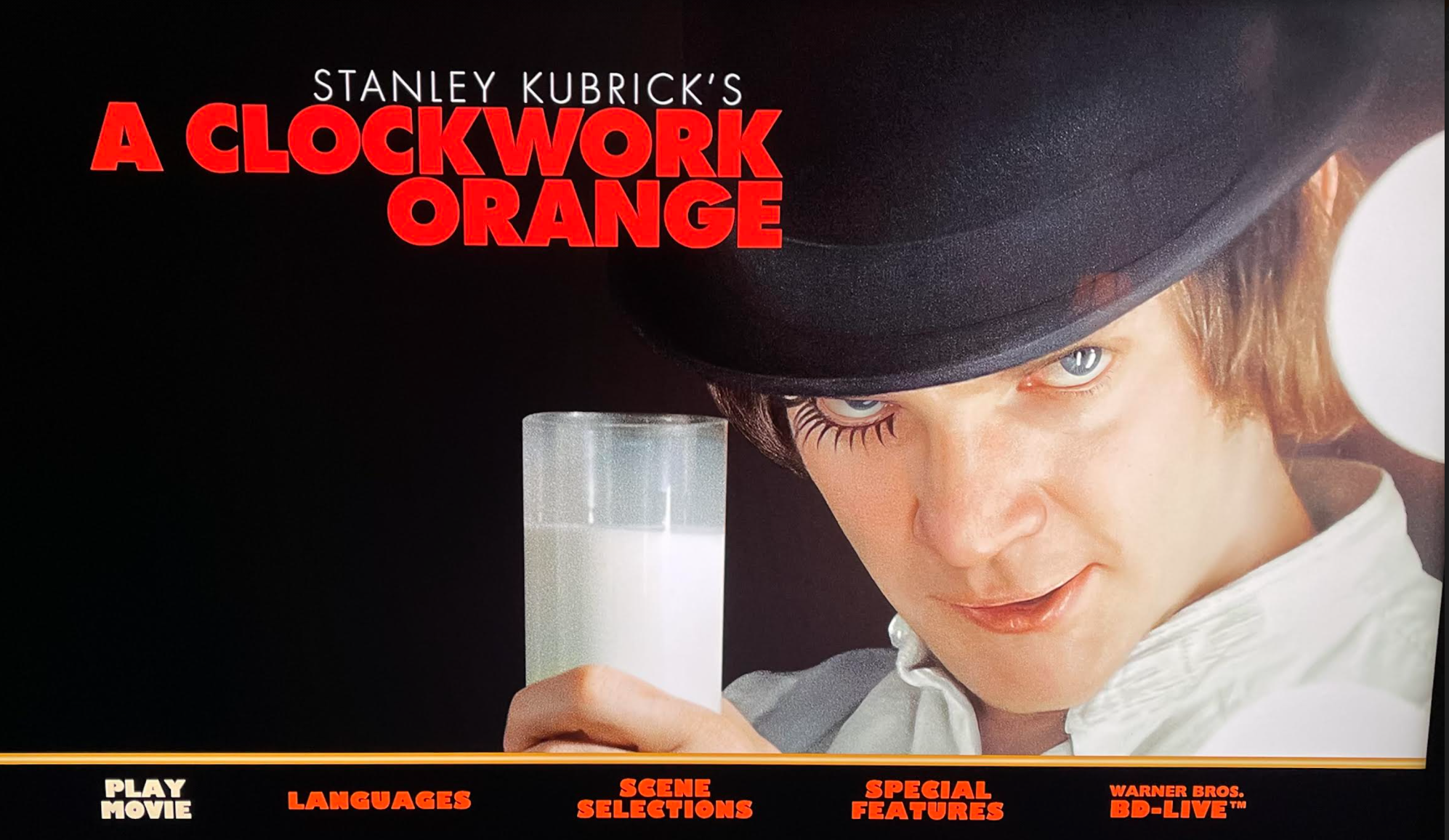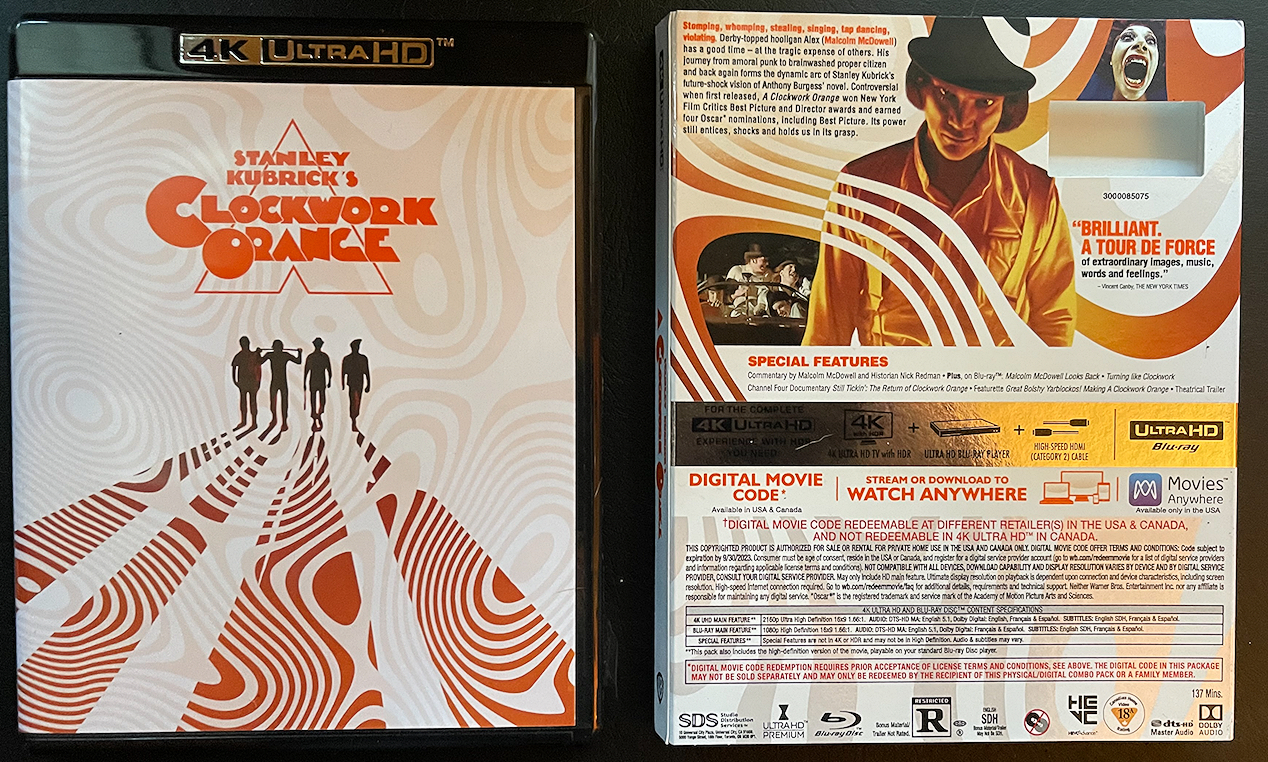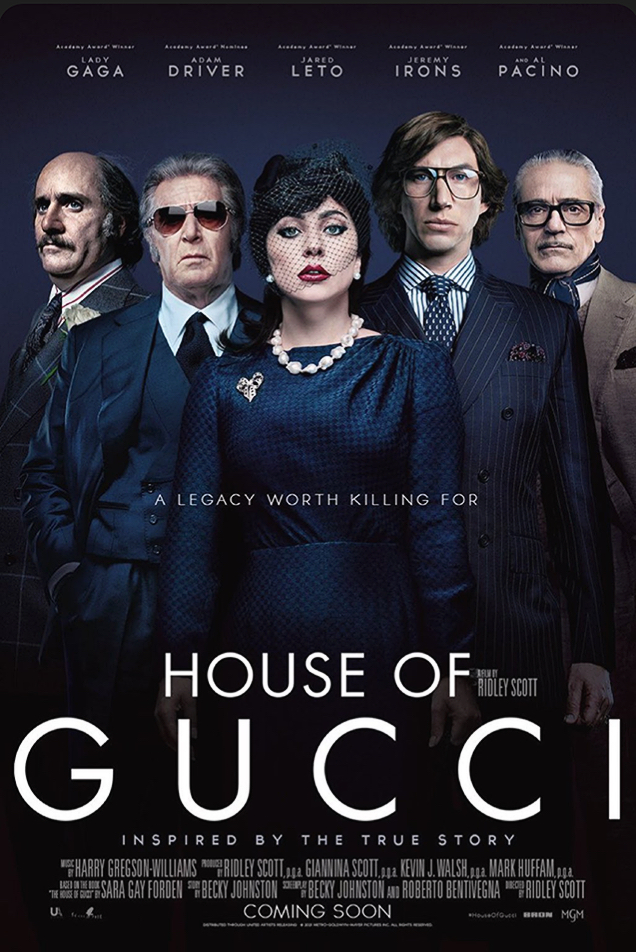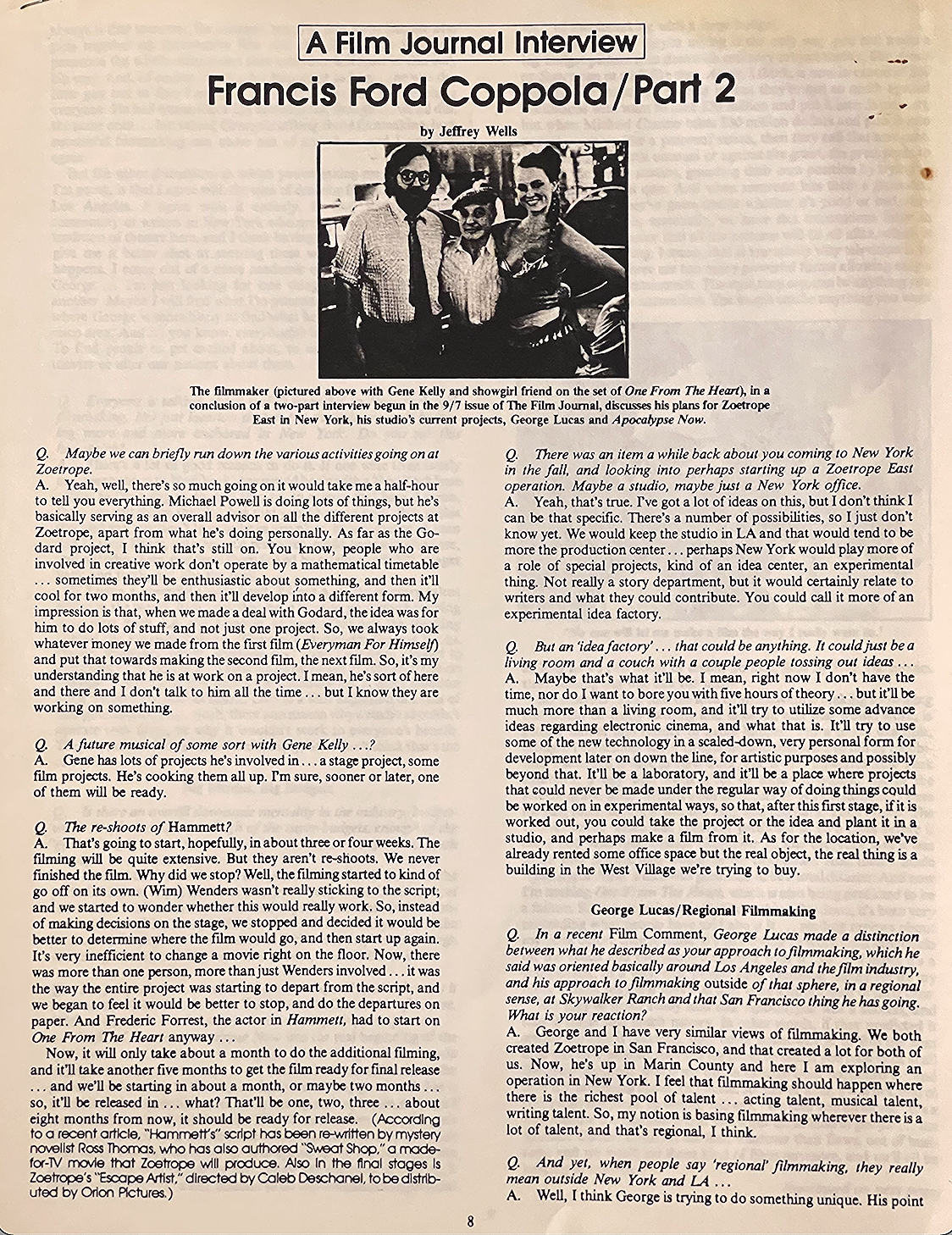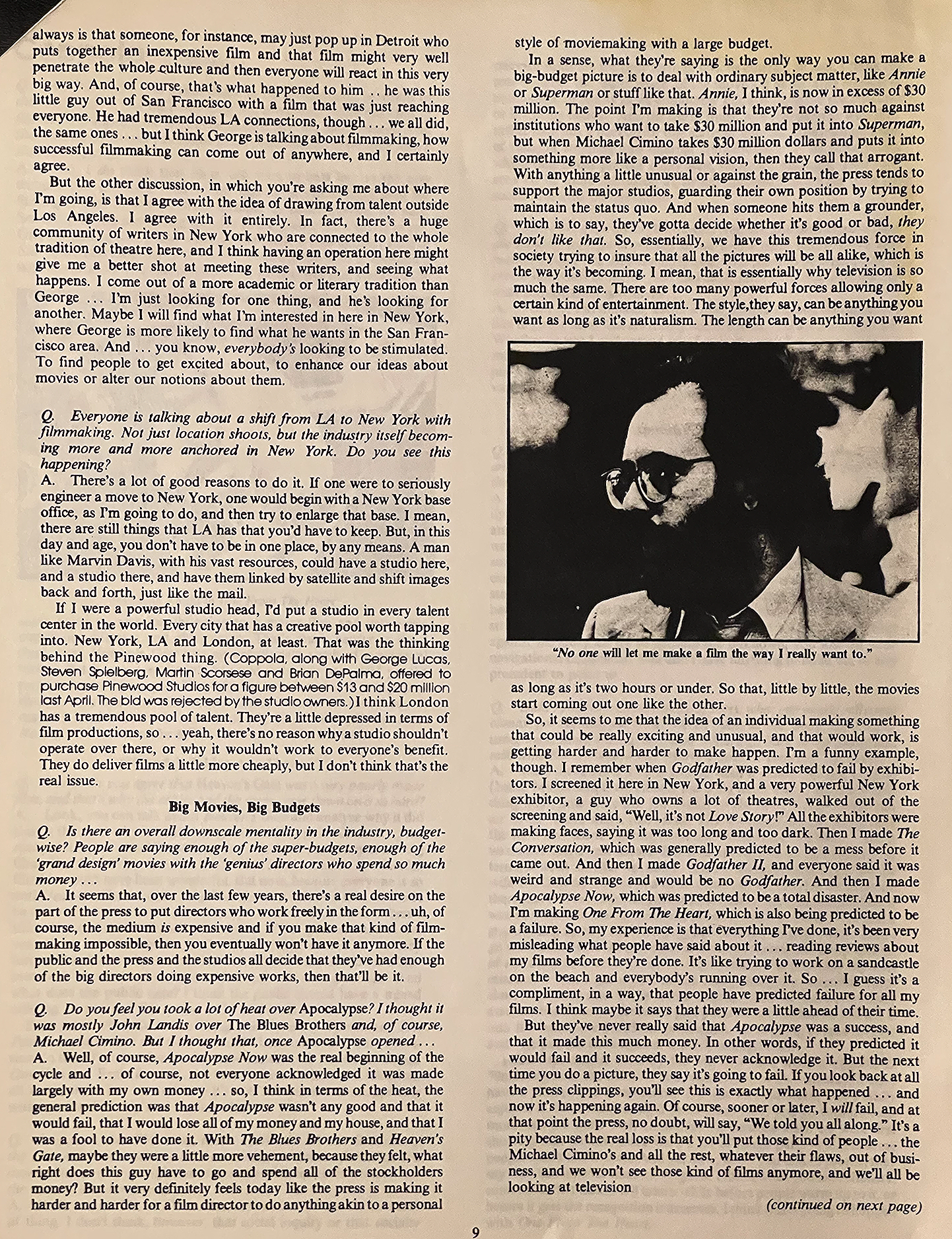Note to HE community: Please pay attention to this post, but especially to the final five paragraphs — thank you.
Yesterday Gordon Klein, a veteran professor at UCLA’s Anderson School of Management, posted an essay on Bari Weiss’s Substack about being hounded and threatened by campus wokester fanatics for not going along with a suggestion (contained in a 6.2.20 letter from a “non-black” student of Klein’s) that he grade his Black students with “greater leniency than others in the class” because, you know, they have it tougher than white students and need all the support they can get.
Excerpt from 6.2.20 letter: “The unjust murders of Ahmaud Arbery, Breonna Taylor and George Floyd, the life-threatening actions of Amy Cooper and the violent conduct of the [University of California Police Department] have led to fear and anxiety which is further compounded by the disproportionate effect of Covid-19 on the Black community.
“As we approach finals week, we recognize that these conditions place Black students at an unfair academic disadvantage due to traumatic circumstances out of their control.”
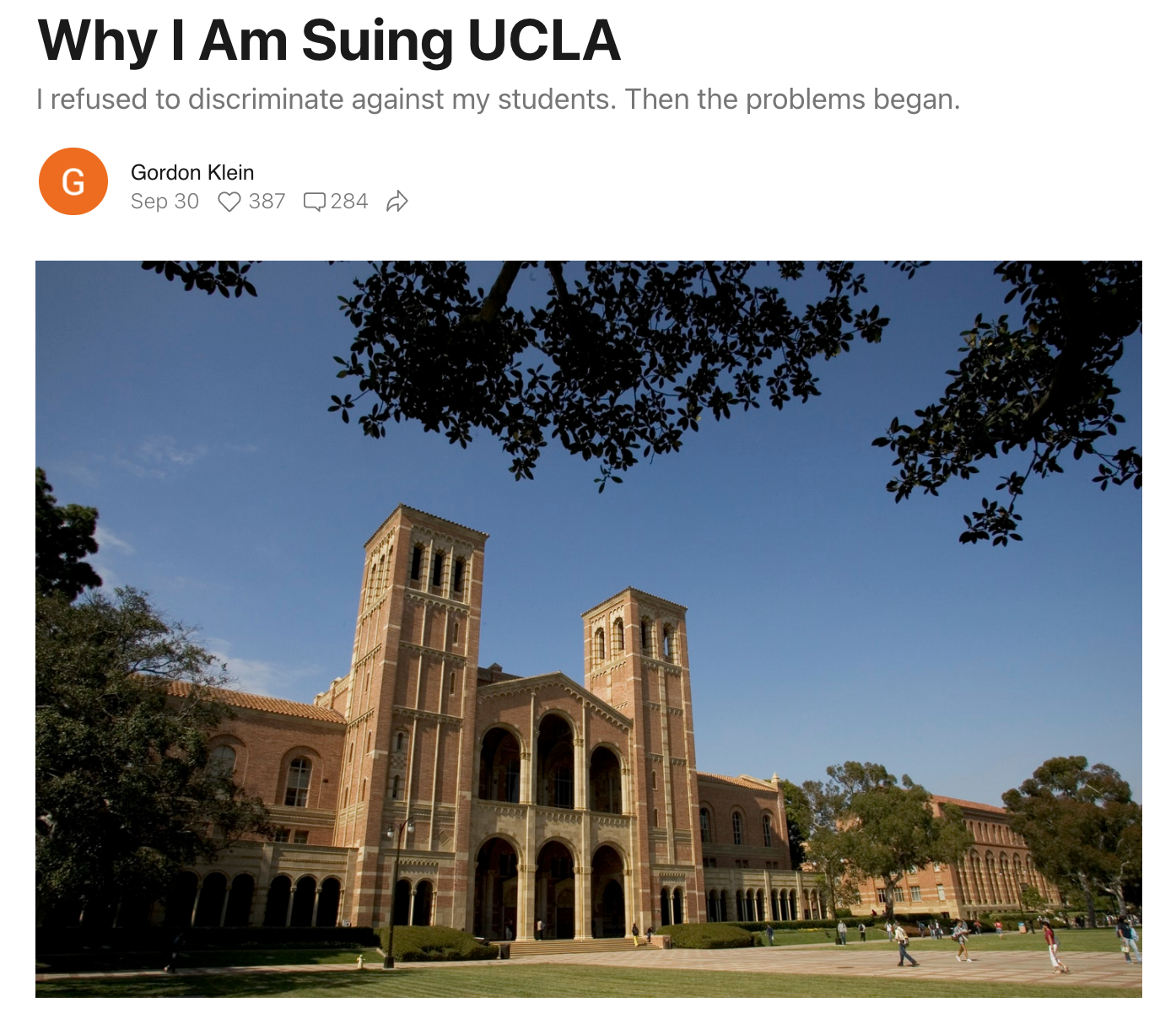
In other words, the white student was claiming, Black students are too socially handicapped and emotionally traumatized to get their shit together and study and apply themselves to the curriculum. Given all the social and psychological pressures, the only decent thing to do is give them a pass if their grades aren’t up to snuff.
More specifically, the final exam that Black students take should be a “no harm” exam — one that would be counted only if it boosted one’s grade.
Klein found this suggestion appalling, and as a result was subjected to a campus-wide hate and removal campaign in which he was tarred and feathered as “woefully racist.” This was followed by a suspension on 6.5.20, followed by a near-firing. He is now suing UCLA over this whole affair.
I was struck by this episode because it reminded me of a similar incident that happened when I was in 11th grade in Wilton High School — a critical year in terms of grade-point averages and applying to various colleges. I had been earning poor grades in everything except English composition and gym, and so I wrote a letter to the WHS principal and others in charge, pleading for leniency because I had it tougher than other students due to (a) an abusive alcoholic father, (b) a bad case of low self-esteem, (c) an inordinate aversion to boring classes, and (d) a deep-seated preference for listening to rock music.
I know this sounds satiric, but I did have it tougher than others back then. Or so I believed.
Excerpt from Wilton high-school letter: “The unjust, bloody beating that I received from my father when I was 16, along with various psychological pressures impacting my teenage mind…various forms of emotional torture, sexual intimidation by hot girls who haven’t found me sufficiently attractive, and the traumatizing conduct of the Wilton Police Department in their brutal confiscations of cases of beer, [confiscations] that have deprived me and my friends of the pleasures of getting buzzed on weekends, not to mention the fear and convulsions caused by the disproportionate effect of primal sexual urges that plague me night and day…
“As Wilton juniors approach finals week, I’m requesting that you recognize and sympathize with the fact that the afore-mentioned pressures and conditions, all of which are out of my control, have placed me at an unfair academic disadvantage. I therefore request that Wilton High School allow me to take ‘no harm’ final exams in my various courses — ones that would be counted only if they boost my grade.”
Wilton administrators refused my request, and soon after my life took a turn for the worse. It took me years to recover and take a stab at movie journalism. It is my earnest hope that present-day college professors and department heads and deans can see past the brusque and dismissive attitudes of the past and urge that all attending Black students to be treated with appropriate scholastic leniency.
